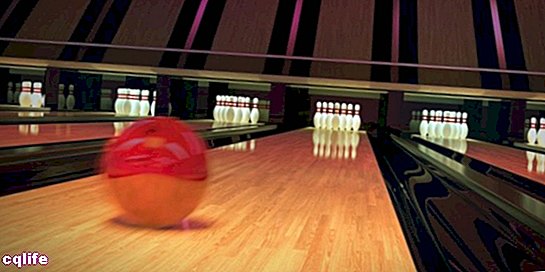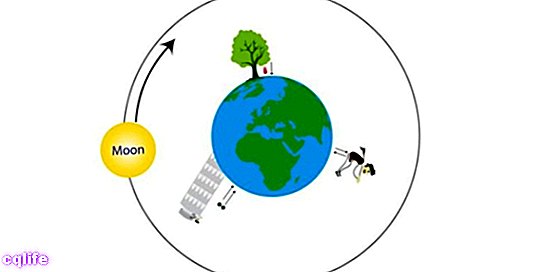- What is Newton's First Law?
- History of Newton's First Law
- Formula of the Law of Inertia
- Examples of Newton's First Law
- Newton's other laws
We explain what Newton's first law or Law of Inertia is, its history, formula and examples. Also, other Newton's laws.

What is Newton's First Law?
It is known as Newton's First Law, Newton's First Law of Motion or Law of Inertia to the first theoretical postulate proposed by the English scientist and mathematician Isaac Newton, about the physical nature of the movement.
Along with the rest of its laws (the second and third), what is expressed in this first commandment of the physical Movement is part of the fundamental precepts with which Newtonian mechanics or classical mechanics operates. These discoveries forever revolutionized the understanding of matter by scientists around the world.
Newton's perspective was considered valid, in fact, during the following centuries, until contemporary advances in physics and science.technology they forced to search for new theories.
Albert Einstein carried out studies and contributions that allowed the inauguration of relativistic mechanics, which differs from Newtonian mechanics in that it lacks an absolute reference point, coming to consider magnitudes such as the weather and the space as relative.
Newton's First Law reads like this:
Corpus omne perseverare in statu suo quiescendi vel movendi uniformiter in directum, nisi quatenus illud a viribus impressis cogitur statum suum mutare.
In Spanish it translates:
"Every body continues in its state of rest or of uniform rectilinear motion, not far from the forces caused to change its position."
This means that an object always tends to preserve its state –be it of rest or of uniform rectilinear motion– unless some external force acts on it that forces it to change its condition.
History of Newton's First Law

Before Newton, Galileo Galilei had already outlined a first law of inertia, in which he indicated that an object has the tendency to retain its rectilinear and uniform motion unless a force acts on it that forces it to change its trajectory.
His discovery served as the basis for Newton, who observing the path in the sky of theMoon, deduced that if it did not shoot out in a straight line following a tangent to itsorbitIt was because some other force acted on her to prevent it. This force that prevents it in the celestial case was renamedgravity.
Newton assumed that the force of gravity acted remotely, since nothing physically connects to the Earth With the moon. Similarly, when an Olympic ball thrower spins the instrument on its own axis and finally releases it suddenly, it travels in some direction in a straight line, but eventually traces a parabola and falls to the ground.
In both cases gravity acts. But in the case of the ball, its trajectory is also affected by the friction with the air in its path, which decreases its speed. Galileo's discoveries allowed Newton to postulate the existence of the force of gravity.
Newton published these and other disquisitions, forming the body of his First and Second Law, in his work Philosophiae naturalis rincipia mathematica , one of the greatest treatises on physics of all time.
Formula of the Law of Inertia
Newton's law of inertia responds to the following formulation:
Σ F = 0 ↔ a = dv / dt = 0
It is a vector expression, since the forces are endowed with meaning and direction. This means that in the absence of external forces, the velocity remains constant over time, that is, the acceleration It's void.
Examples of Newton's First Law

There are many simple examples of what this law proposes:
- All objects fall in a straight line, unless the wind and / or endurance of air exert on them (if they are very light) a certain resistance that modifies their displacement, as it happens with the leaves of the trees.
- A stone at rest on the ground will not move without an initial force pushing it. And once it travels, it will continue to do so until the friction slows it to a stop.
- If a surface is polished to minimize its friction force, as with waxed floors, the movements will tend to be preserved much longer unless an external force stops them.
Newton's other laws
In his work mentioned above, we also find theSecond law of Newton, called “Fundamental Principle ofdynamic”. This law tries to quantify the concept of force: the change in motion of an object is directly proportional to the motive force printed on it and will occur according to the straight line according to which said force is executed.
TheNewton's third law It is known as the principle of action and reaction, since it states that for each force exerted on an object there is an equal and opposite one, that is, in the opposite direction, that the object exerts on whoever touches it. This means that every action is accompanied by an equal but opposite reaction.
Unlike the first two, the third law of motion is entirely Newton's original, with no previous versions of Galileo,Hooke or Huygens.
